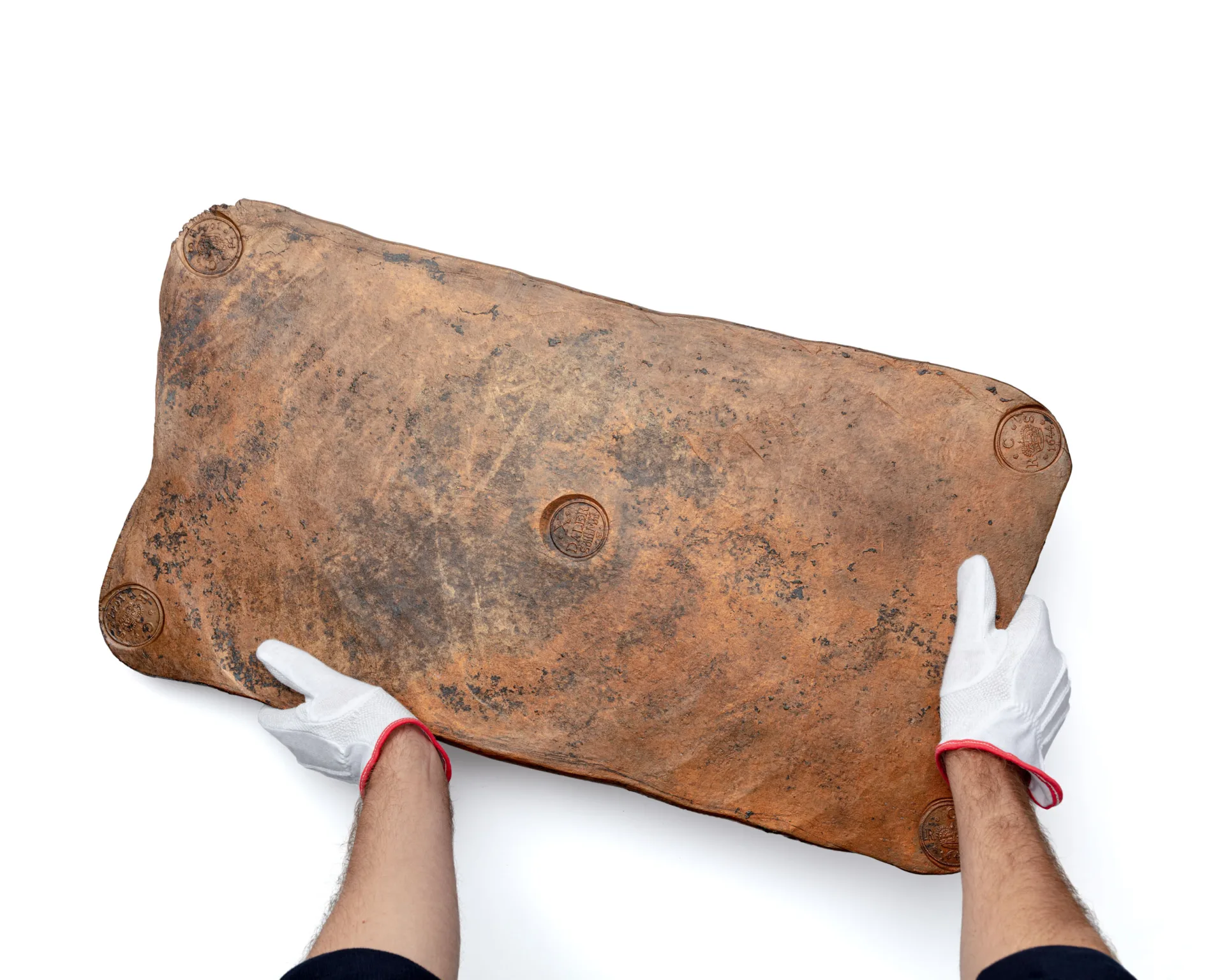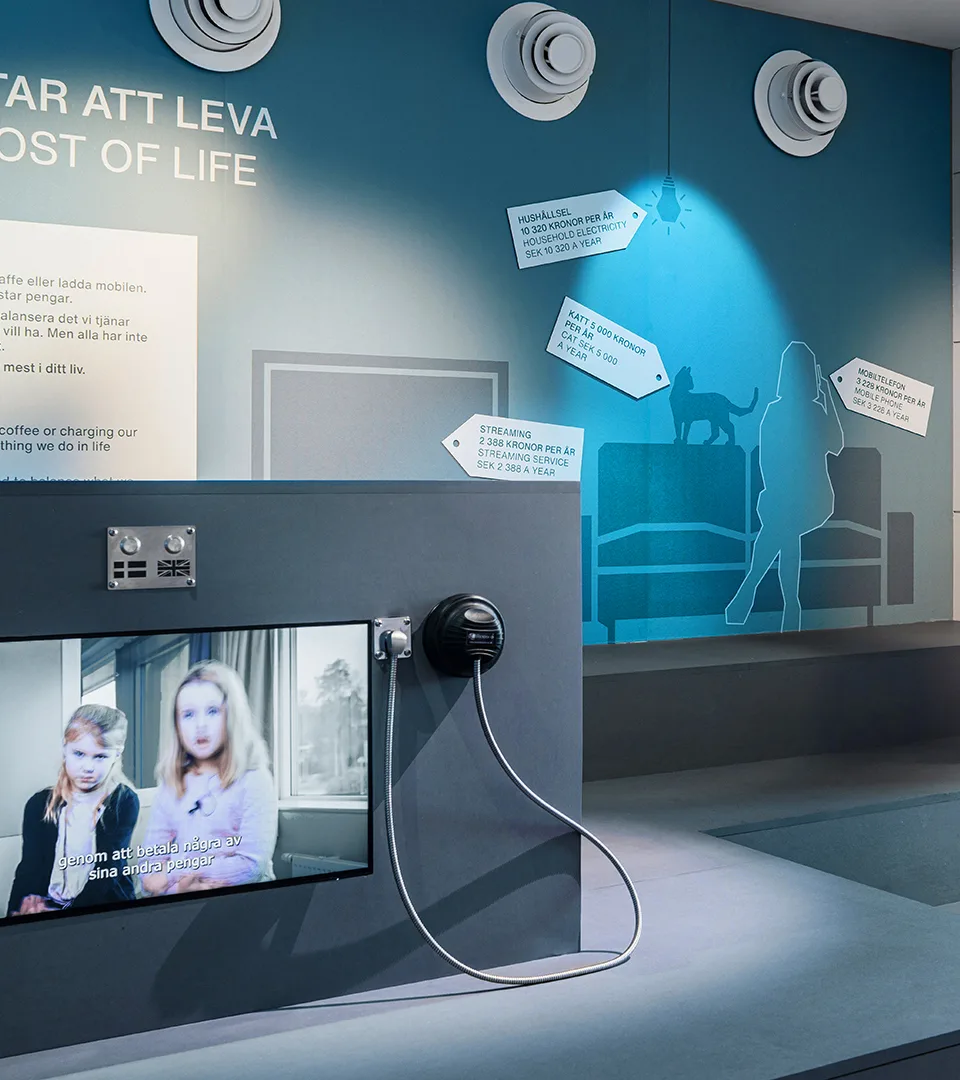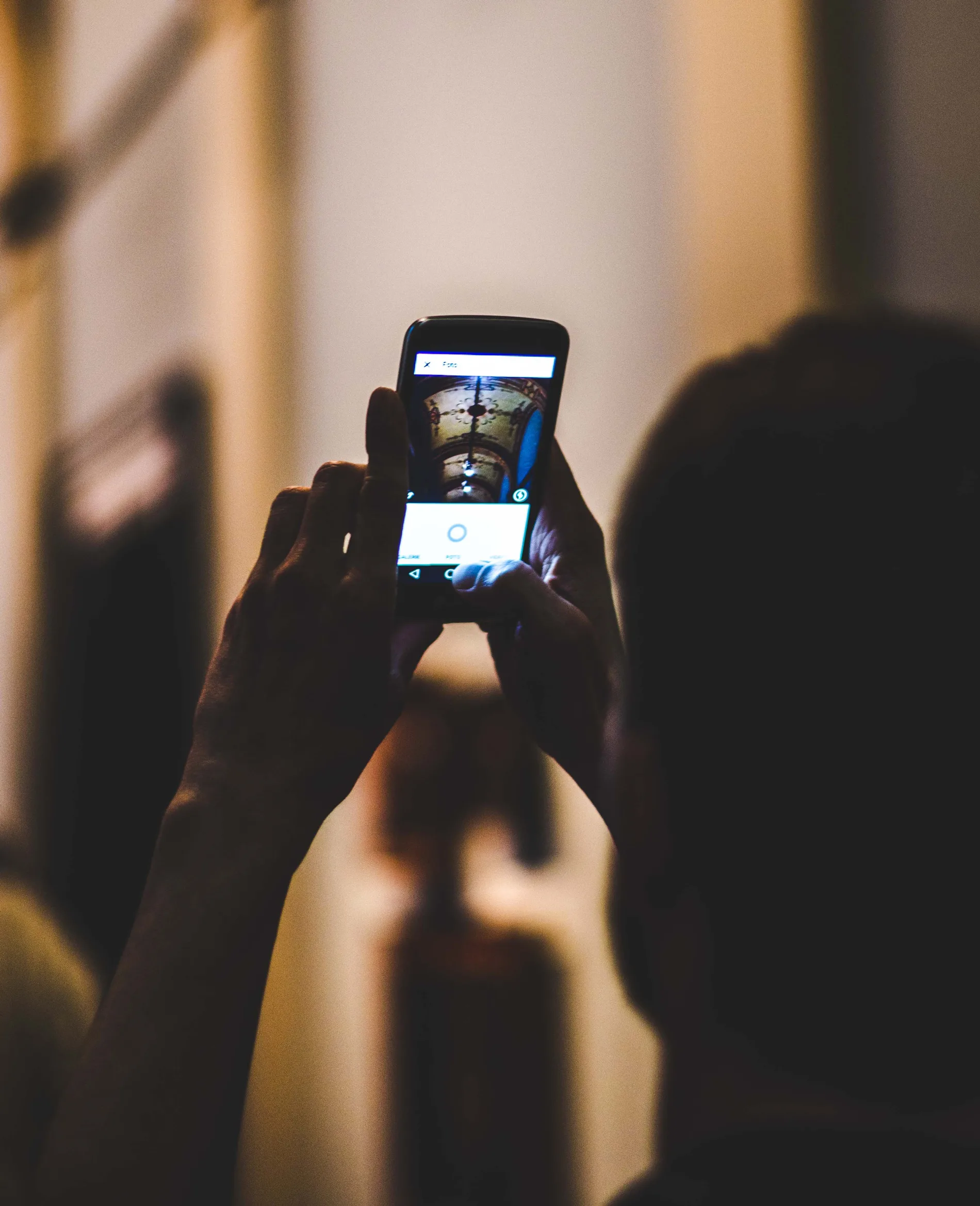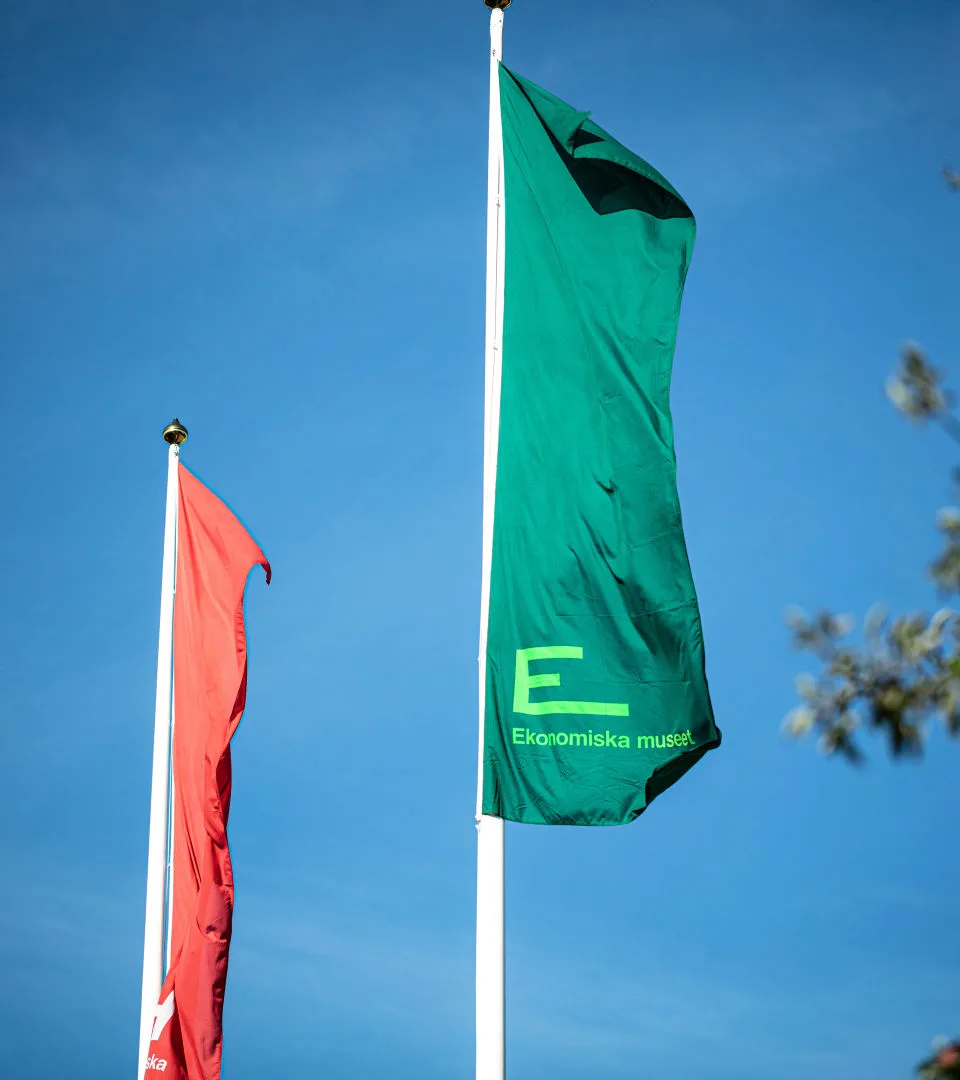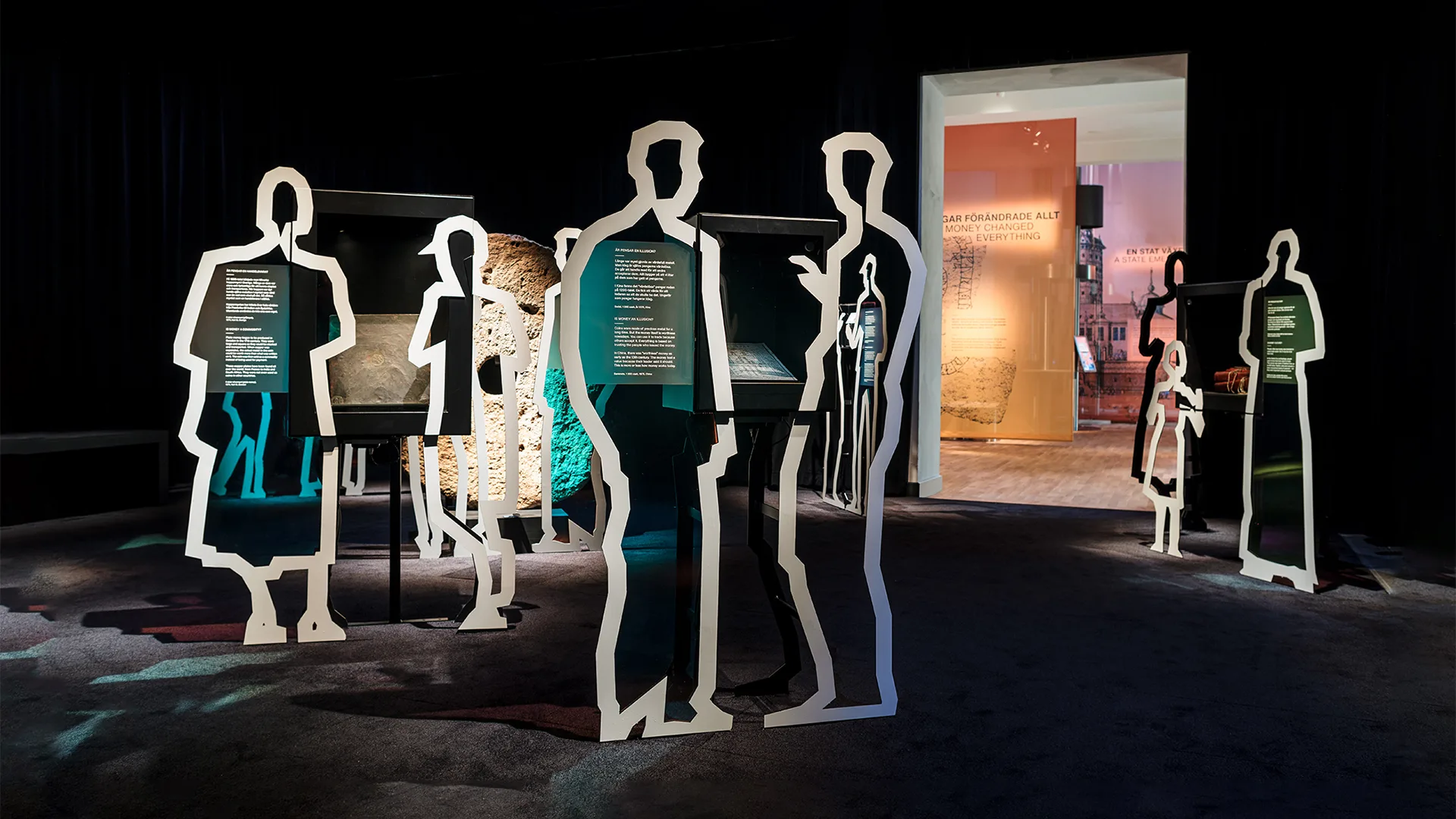
MONEY!
Throughout history. And in your life.
Once upon a time, it was revolutionary to pay with a banknote and it was a luxury to have goods from China. Today, we have become accustomed to money being invisible and it is easy to buy things from the other side of the world. How did it come to be like this? And what exactly is money?
In the exhibition, you can see a wide selection of objects that tell the story of money and economics throughout Sweden's history.
Sweden’s newly opened Economy Museum is the latest effort to make monetary policy more accessible.
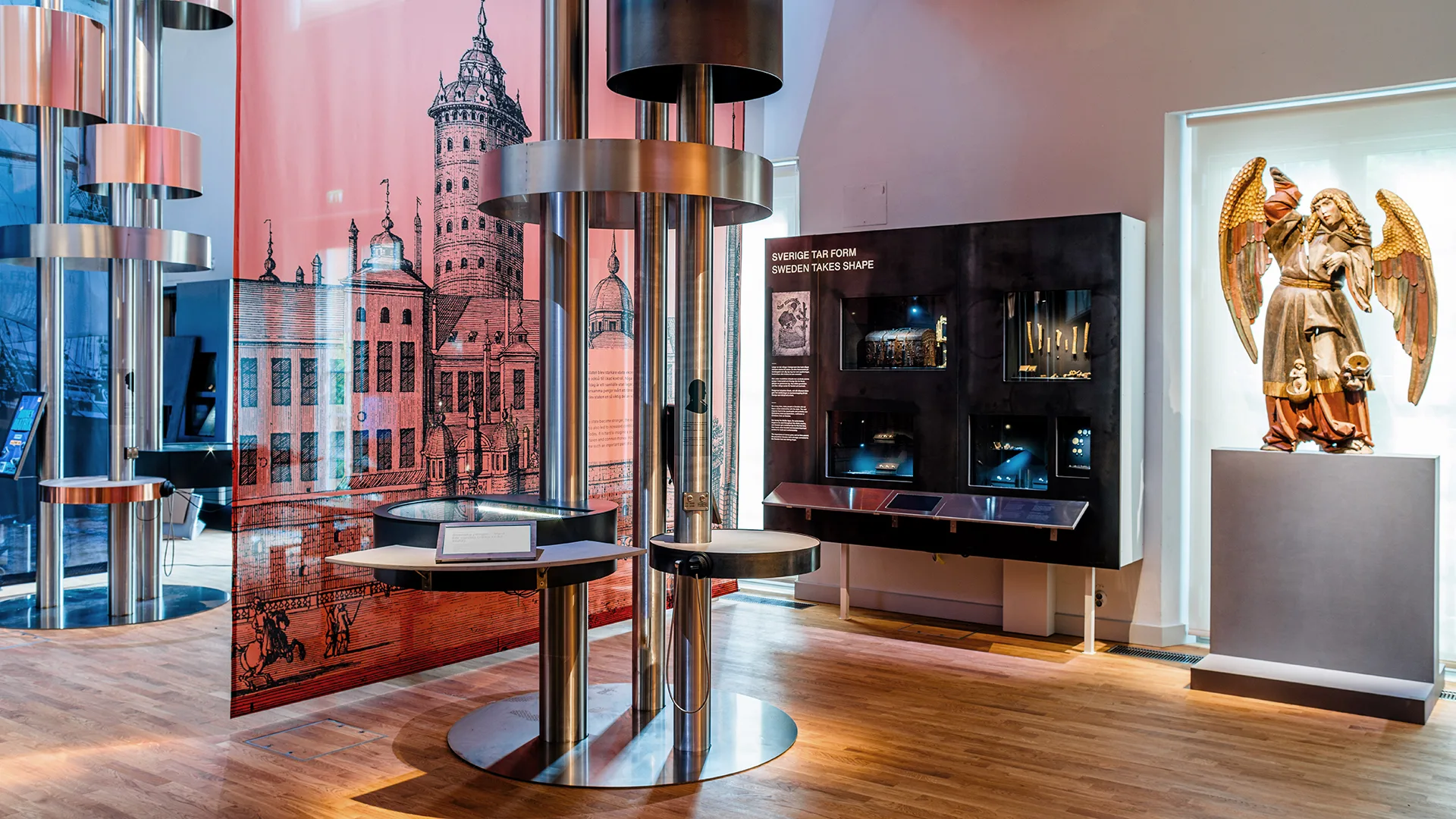
Fun and games
In the digital game The Money Matrix, your challenge is to uncover the secret agents hiding in various historical time periods.
You can also do a fictional job interview to see what job you would have had if you had lived in the 1800s.
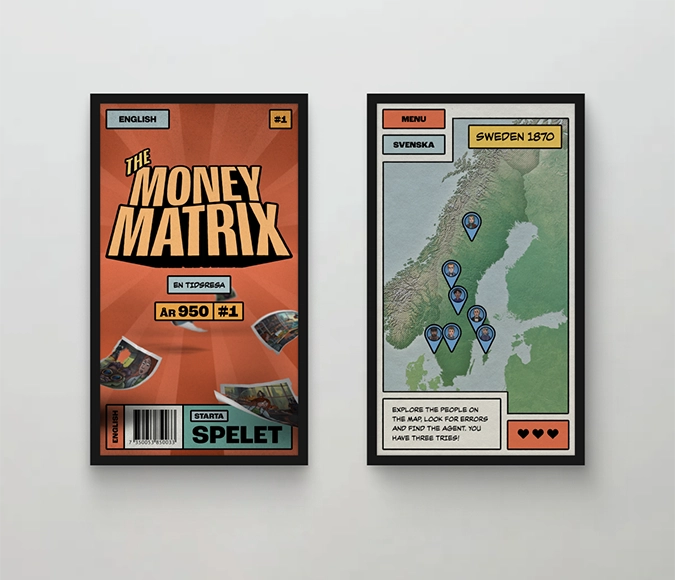
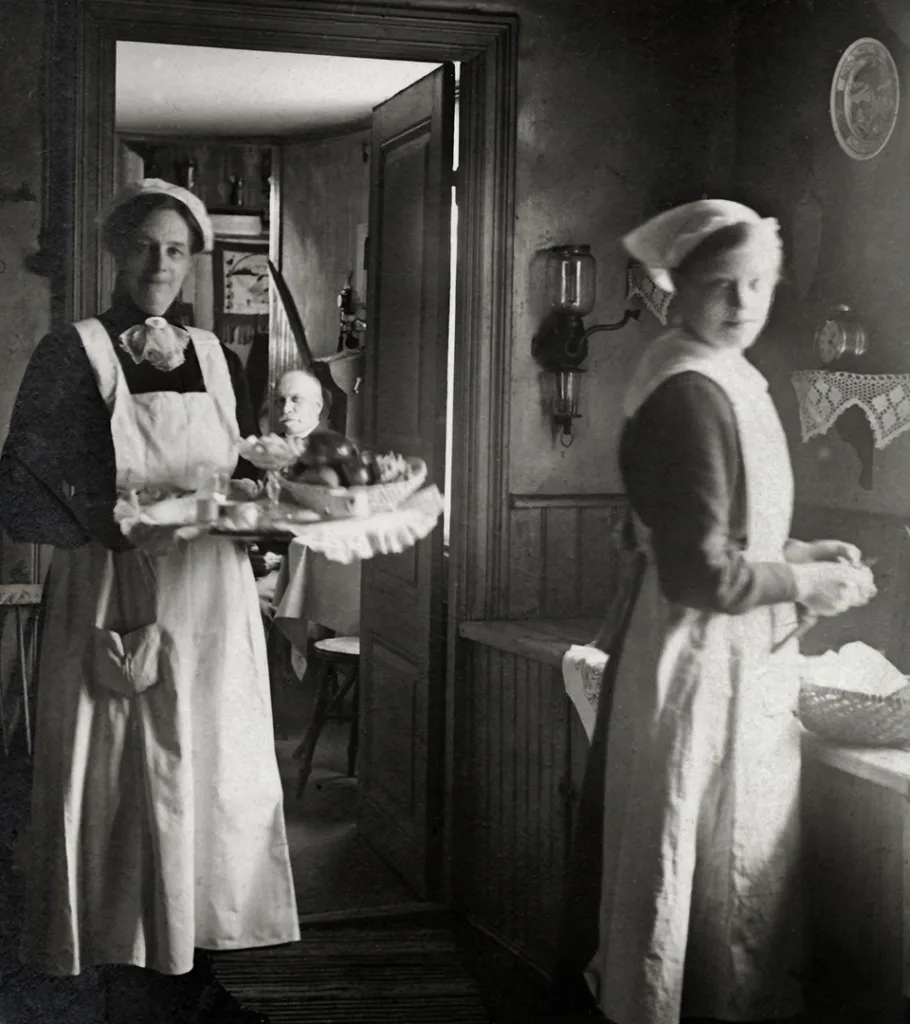
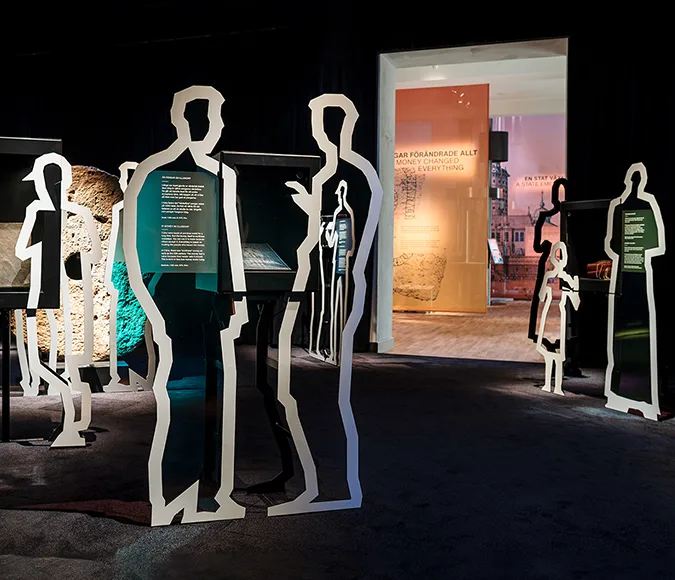
Exhibition photo: Daniel Gustafsson, The Economy Museum/SHM.
What is money?
Money has existed in many different forms throughout history. If people agree on it, almost anything can be used as payment. Money is created in the interactions between people.
In the exhibition, you can see a Rai stone that has been used as money on an island in the Pacific Ocean, cowrie shells that have been used in several different places, and Sweden's first coin minted during the reign of Olof Skötkonung. Among many other things!
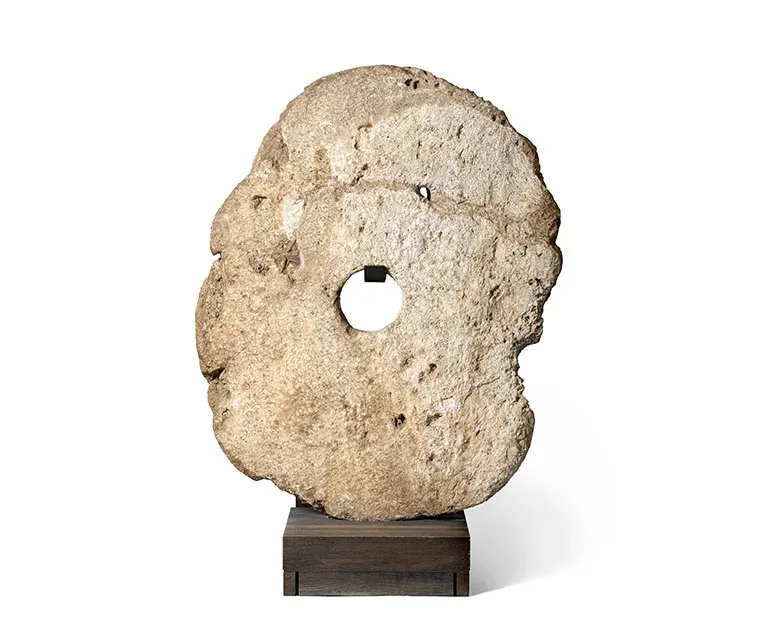
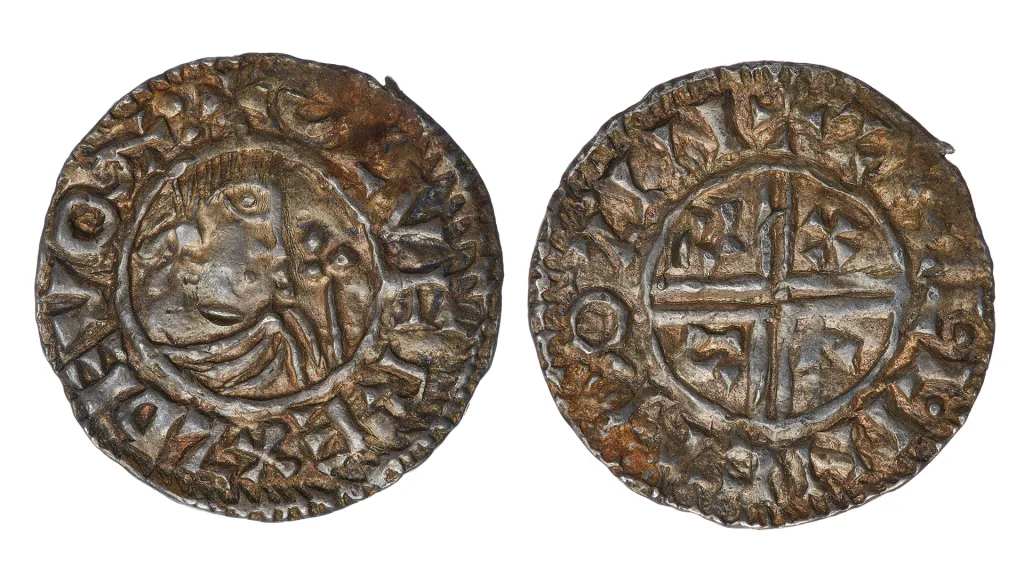
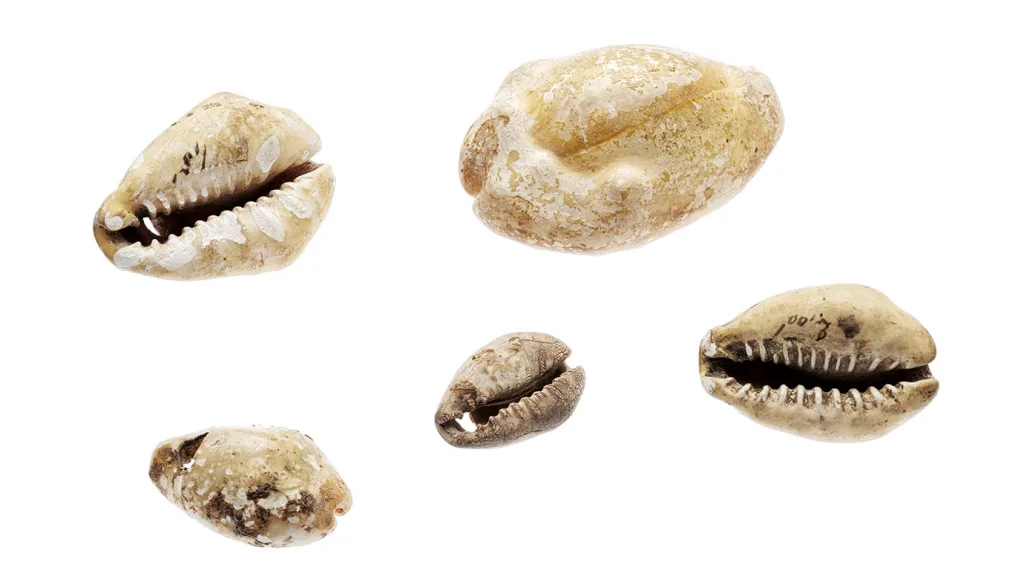
Photo: Jens Mohr, Economy Museum - The Royal Coin Cabinet/SHM. CC BY 4.0.
About the museum
The Economy Museum – The Royal Coin Cabinet is a place for economic learning. Through exhibitions, lectures, and other activities, we aim to inspire and foster curiosity about the role of economics in history and in our daily lives. With origins dating back to 1572, it is one of Sweden's oldest museums. Our collections comprise around 650,000 items - coins, banknotes, medals, stock certificates, and other objects that tell stories about economics and trade, history, and culture.
Award-winning exhibition design
We have received international recognition and won several design awards for our exhibitions MONEY! and the Economy Lab. Among others, the museum has been awarded the iF Design Award and gold in the MUSE Design Awards.
